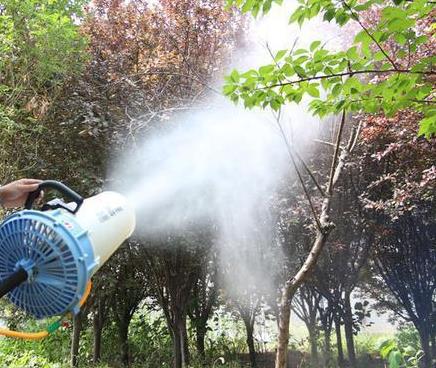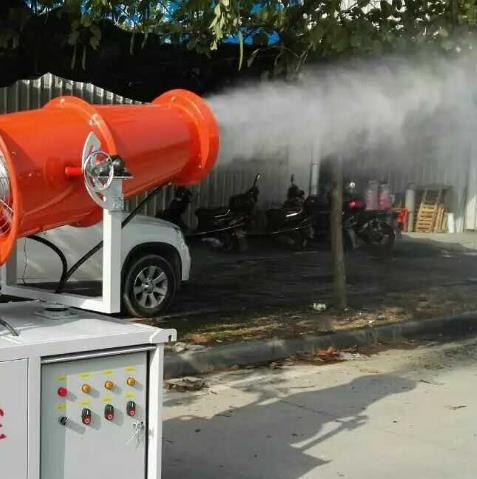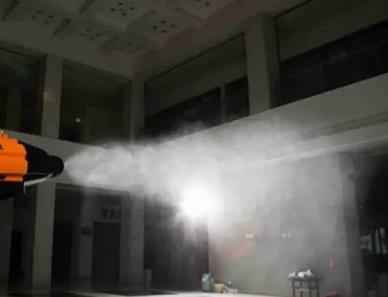How sizes of a hole will the spray form? Effect of aperture on spray effect
In a atomizer, the fluid is ejected through a small hole to form a flow of fine particles, and the size of the aperture directly affects the spray effect. Under normal circumstances, the smaller the aperture, the smaller and finer the spray particles formed. This is because when the liquid passes through the hole, it is subjected to strong fluid dynamics, forming a high-speed liquid jet. This high-speed jet causes the fluid to disperse into tiny droplets that fly through the air. Therefore, when the aperture is smaller, the speed of the fluid passing through the pore will be faster, the particles forming the spray are also finer, and it is easier to form a uniform atomization state.

Effect of pore size on spray formation
The size of the aperture has a great influence on the spray effect of the atomizer, and the spray effect produced by different apertures is not the same. Under normal circumstances, the smaller the aperture, the smaller the spray particles and the better the atomization effect, but at the same time, it will bring a number of problems, such as easy blockage of the ejection liquid, hole deformation and so on. Therefore, it is necessary to consider many factors such as aperture size, spray effect and actual use requirements in practical applications.First, liquid properties
The physical and chemical properties of the liquid will directly affect the atomization effect of the atomizer, including the viscosity of the liquid, surface tension, density, viscosity, viscosity and liquid injection speed. Generally speaking, the more viscous the liquid, the more difficult it is to form small droplets; The greater the surface tension of the liquid, the more difficult it is for the droplets to disperse. At the same time, liquid containing particles is easy to cause blockage and destroy the atomization effect.
Second, nozzle size and shape
The nozzle is the core component of the atomizer, the size and shape of the nozzle will affect the atomization effect. Generally speaking, the smaller the nozzle aperture, the smaller the droplets produced; The shape of the nozzle affects the distribution and number of droplets. For example, a conical nozzle can produce uniform droplets, while a flat nozzle will produce droplets of different sizes.Nozzles include a variety of different nozzles for different atomizer applications.
Parallel nozzles. This nozzle is easy to use and is suitable for large area coverage spraying. Common models include 11001 and 11002.
Conical nozzle. This nozzle enables fine spraying and is suitable for some detailed parts, such as model 11003.
Fan nozzle. Suitable for applications where a specific spray Angle is required, usually from 60 degrees to 120 degrees, such as the 11004 model.
Throttle nozzle. Suitable for situations where the injection flow is constant, the greater the pressure, the smaller the flow, such as the 11005 model.
High speed nozzle. Suitable for applications where high-speed liquid injection is required, the nozzle can achieve high-speed fluid shear to form relatively small droplets, such as model 11006.

Third, liquid injection speed
The speed of liquid injection is also a key factor affecting the atomization effect. In general, the faster the liquid injection speed, the smaller the droplets produced, but it should be noted that too high liquid injection speed may lead to blockage or leakage of the atomizer.Four, atomizer use environment
The environment in which the atomizer is used also has an impact on the spray effect. Such as air humidity, temperature, air flow and other environmental factors will affect the formation and dispersion of droplets, thus affecting the atomization effect. At the same time, the use of different scenarios, the requirements for atomization effect are also different, it is necessary to choose the appropriate atomizer type and parameters according to the specific situation.
In general, the atomization effect of the atomizer is affected by a variety of factors, only in the combination of liquid properties, nozzle size and shape, liquid injection speed and use of the scene and other factors for reasonable selection and collocation, in order to achieve the best atomization effect.


